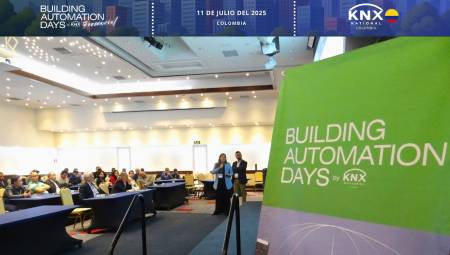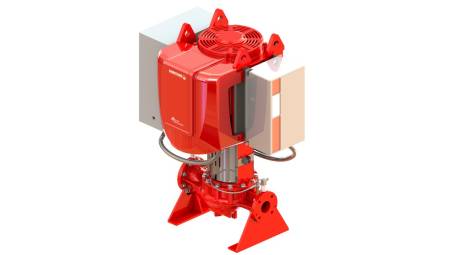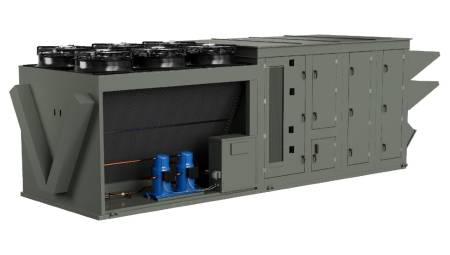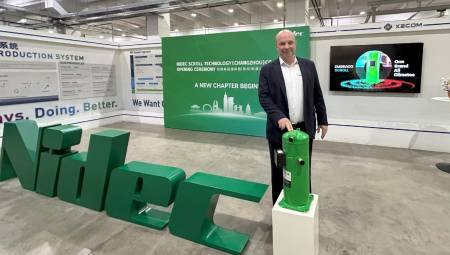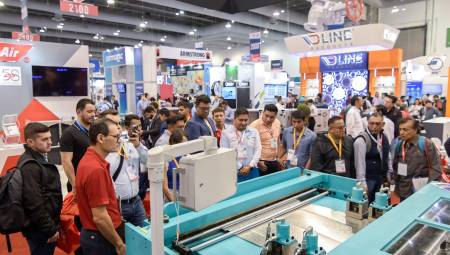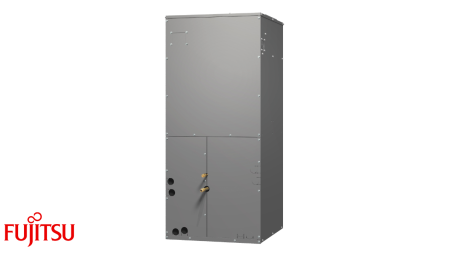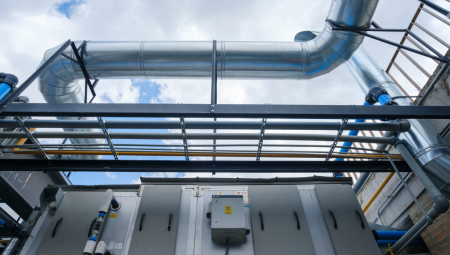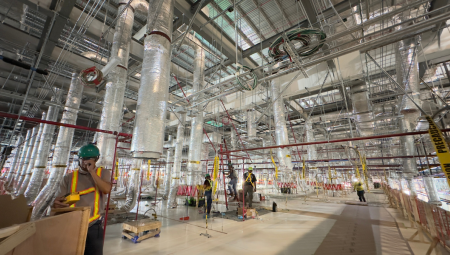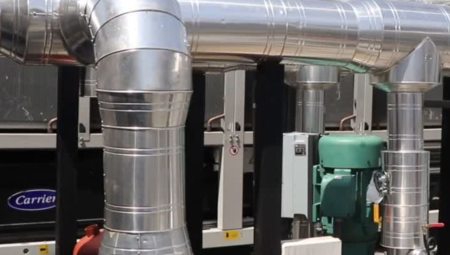Recommendations to achieve an optimal design of air conditioning in supermarkets that generates comfort, reduces energy consumption and protects the quality of food.
By Alfredo Sotolongo*
The most economical energy to produce is the one you save!
Several colleagues have asked me what my opinion is regarding the application of air conditioning systems in food stores, taking into consideration humidity control and minimizing energy consumption.
Modern supermarkets, as a result of the different types of refrigerated displays where the food they sell are promoted, is presented with the problem of high humidity. The air conditioning system brings us a new challenge to maintain the conditions recommended by the industry.
To achieve a successful design of the air conditioning system, the engineers involved must have, among others, one of the following concepts:
• Create a healthy and pleasant indoor environment.
• Minimize over-design and redundancy to reduce costs.
• The environment around which the merchandise is located must be attractive.
• Comply with ventilation for indoor air quality per ASHRAE Standard 62.1-2013.
• Supervise and control the air conditioning system to achieve the required efficiency.
The above basic concepts benefit homeowners by reducing the initial investment and operating cost resulting from the reduction in energy consumption. Customers also benefit, because the design conditions maintain a comfortable atmosphere in the public areas and the products are preserved in optimal conditions.
It is important to note that maintenance personnel must receive proper training in order to maintain the HVAC system operating at the level of efficiency for which it has been designed.
In the ever-evolving world of retail, especially grocery stores, businesses are leaning towards providing a pleasant environment for their customers as they shop. This is achieved by increasing the amount of outside air, which has several advantages for the owner and customers.
Increased comfort
How do you achieve comfort? Processing the humid air by cooling it so that it condenses as much water as possible, delivering it saturated to 100% relative humidity, and then heating it to reduce the relative humidity and bring it to the ideal control point for that application.
Low dew point air supply
High relative humidity has a negative impact on refrigeration systems and can also become a waste of energy. In refrigerated displays, it is very likely that the windows will be covered with condensate and the visibility of the products on display will be lost. Humidity control units make it possible to avoid these situations, which is not possible with normal air conditioning systems.
Energy Savings in Refrigeration Systems
Energy consumption in refrigerated displays is directly impacted by the humidity in the environment around the evaporator coil. Reducing the relative humidity in the environment by 10 percent would also save 10 percent in the energy consumption of refrigerated displays, according to the 2003 ASHRAE manual 2.3.
Low dew point ventilation air is beneficial to the operation of refrigerated displays, as detailed below:
• Avoiding stray thermal loads associated with ice forming in evaporators.
• Reducing the frequency of defrost cycles.
• Minimizing or eliminating reheaters on refrigerated display doors.
• Avoiding ice and condensation on the food on display.
• Extending the life of products on displays.
More reliable, healthier, and more productive air
Our experiences in recent years have taught us the importance of providing clean, fresh and controlled air in climate-controlled areas, especially in food markets. The addition of processed outdoor air not only benefits customers, but provides more reliable, healthier air and more productive spaces for employees to work.
For example, the units manufactured by the Addison company and shown in the attached photos have the necessary component for DOAS applications, 100% outdoor air units. This consists of the subcooling of the refrigerant which contributes to the increase in efficiency and capacity, and helps to reheat the air in order to reduce the relative humidity of the supply air.
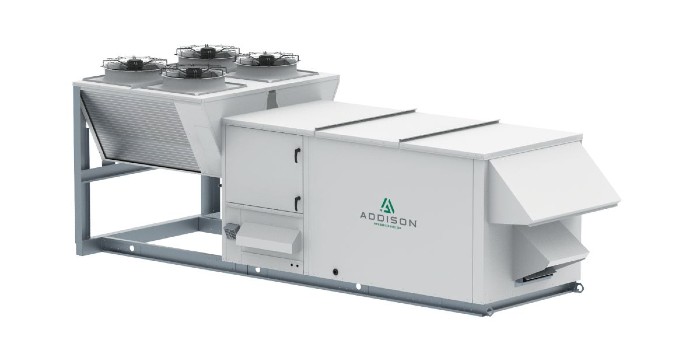
Important world-renowned institutions such as, among others, ASHRAE in terms of the ASHRAE 62.1 standard and REHVA (The Federation of European Heating, Ventilation and Air Conditioning Associations) recommend that as much outdoor air be supplied with temperature and relative humidity control to increase air quality in conditioned areas.
We suggest that colleagues who are involved in the design of the air conditioning of a food supermarket, depending on the area in which it is geographically located (north or south latitude), to ensure the recommended conditions of the DOAS supply air. This information is published in the manual called "Advanced Energy Design Guide for Grocery Stores" developed by the following institutions: ASHRAE, The American Institute of Architects, Illuminating Engineering Society of North America, U.S. Green Building Council and U.S. Department of Energy.
By following these recommendations, refrigerated displays will operate more efficiently, maintain excellent food quality and avoid cloudy crystals, thus helping us get closer to the goal of saving 50% in energy consumption.
* If you need more information on this topic, please contact us through the email [email protected]
* President of Protec, Inc., is certified as a professional engineer in Puerto Rico and the state of Florida; He has more than 40 years of experience in the application and sale of energy conservation systems and equipment. He is a member of ASME (American Society of Mechanical Engineers), AEE (Association of Energy Engineers), ASHRAE and was president of the Miami chapter of said association.




